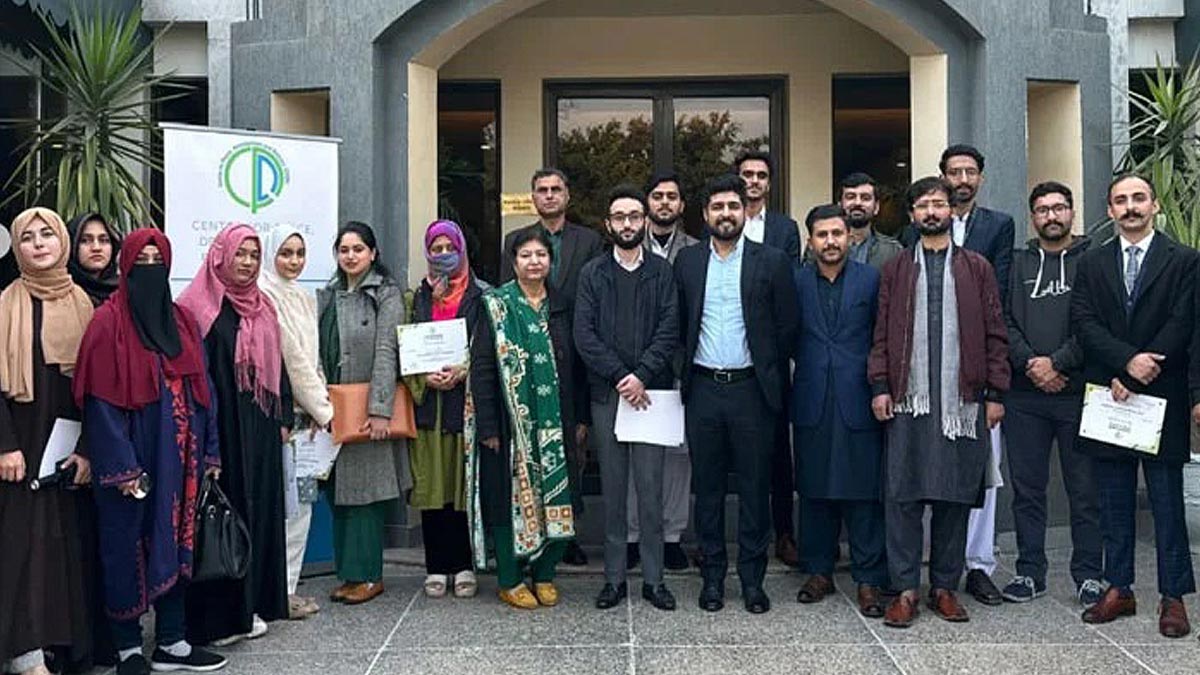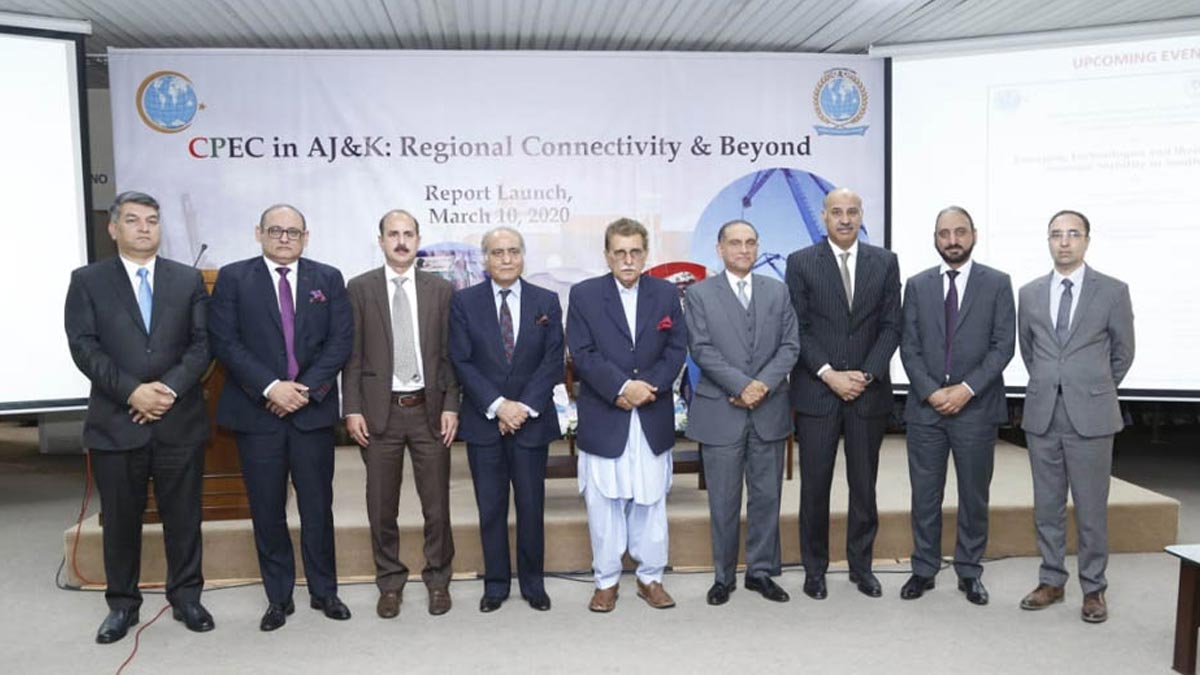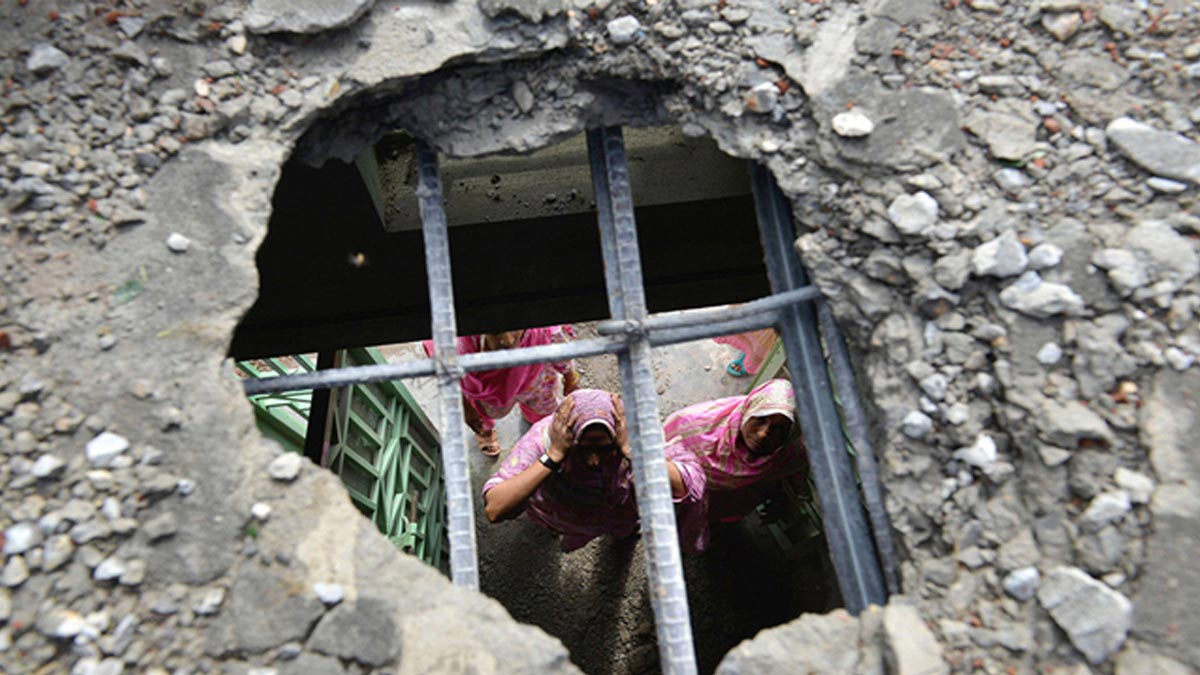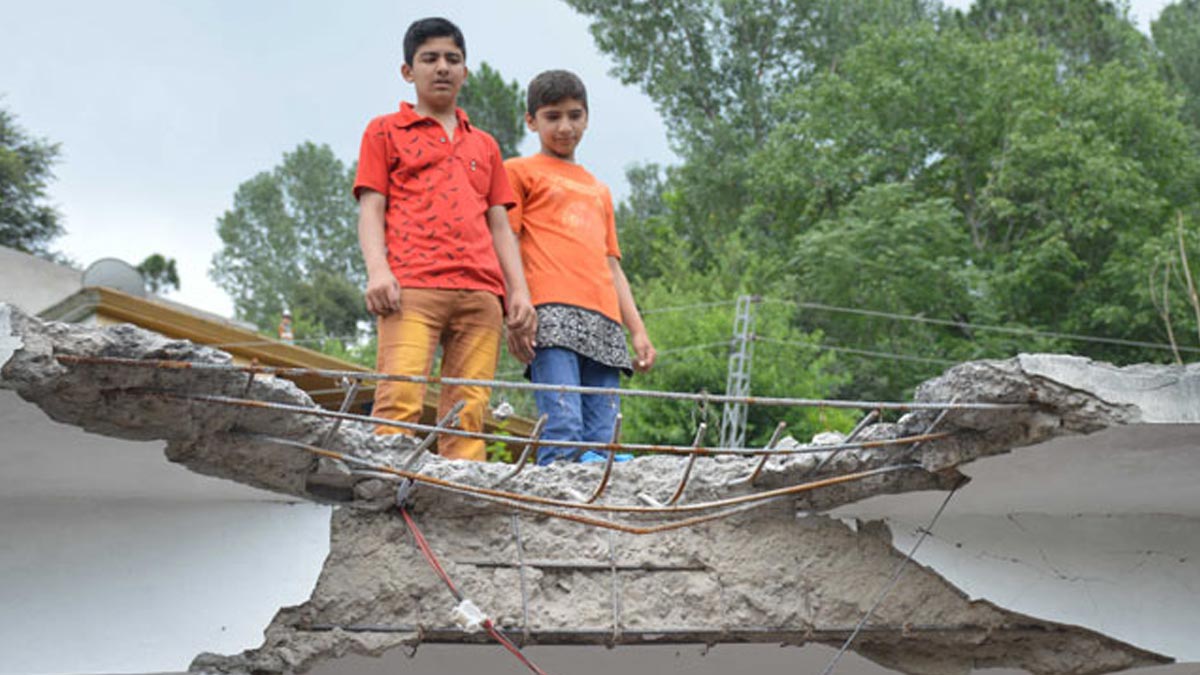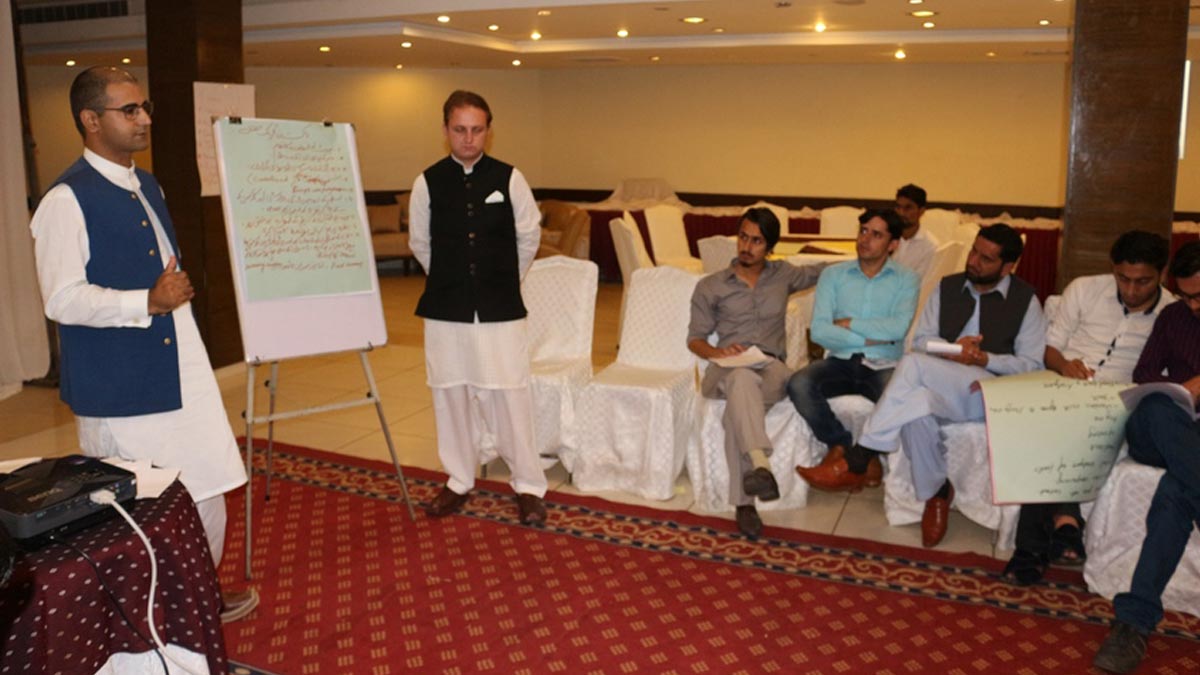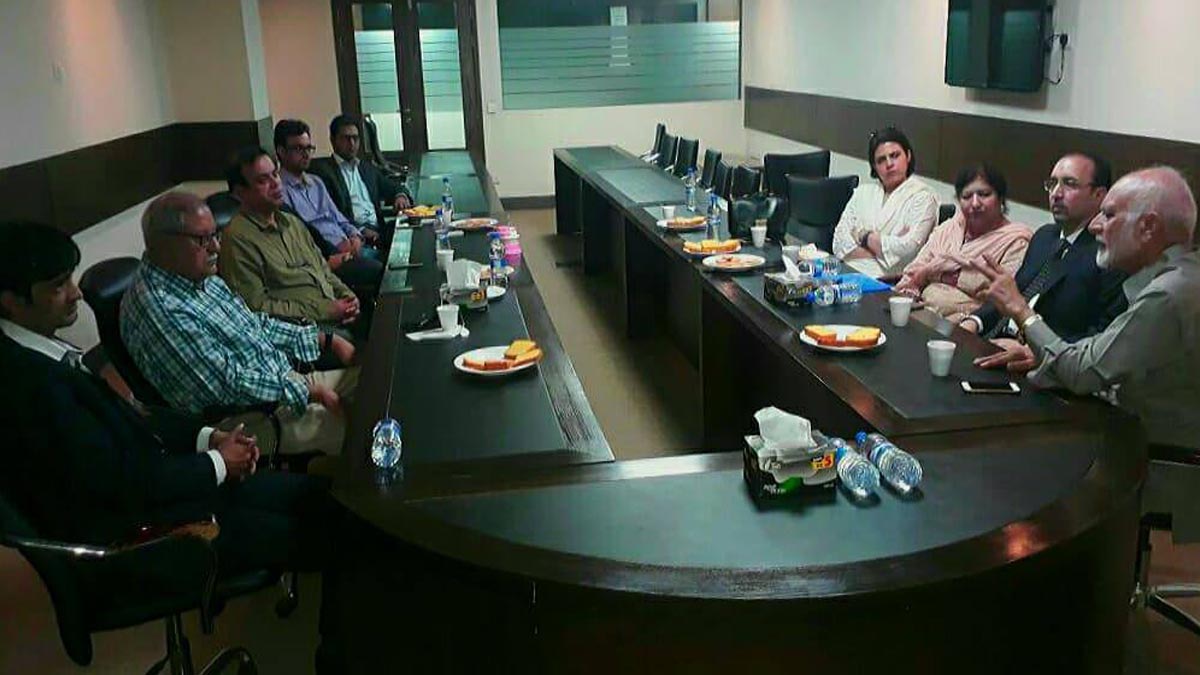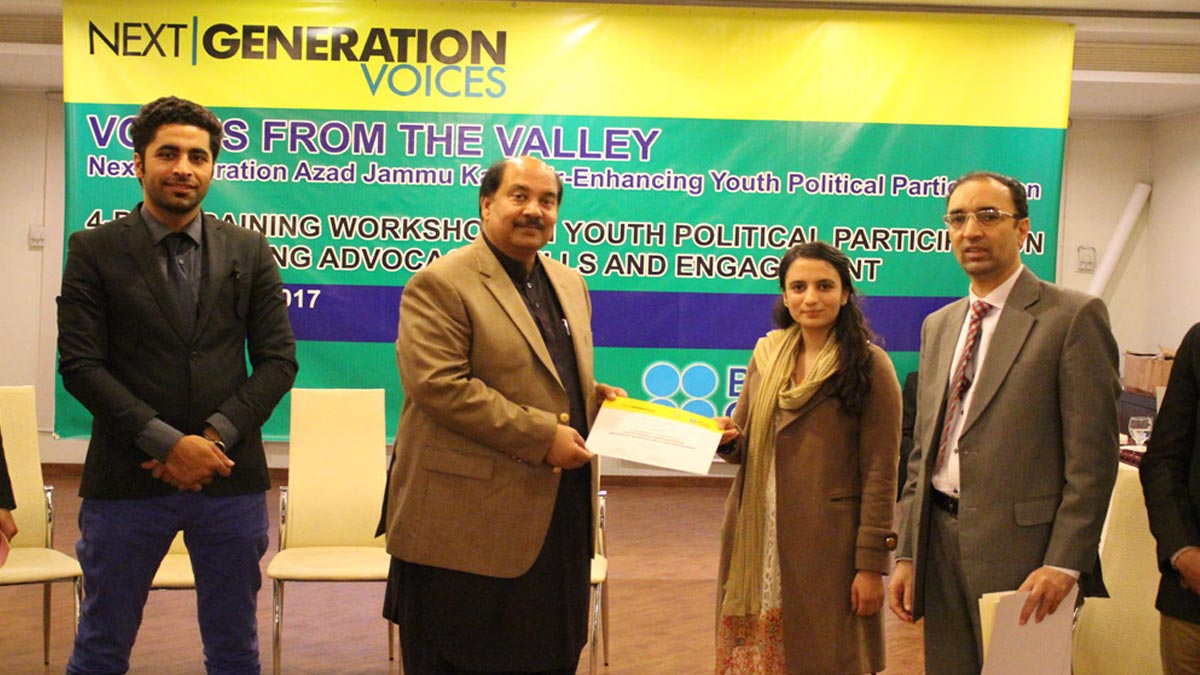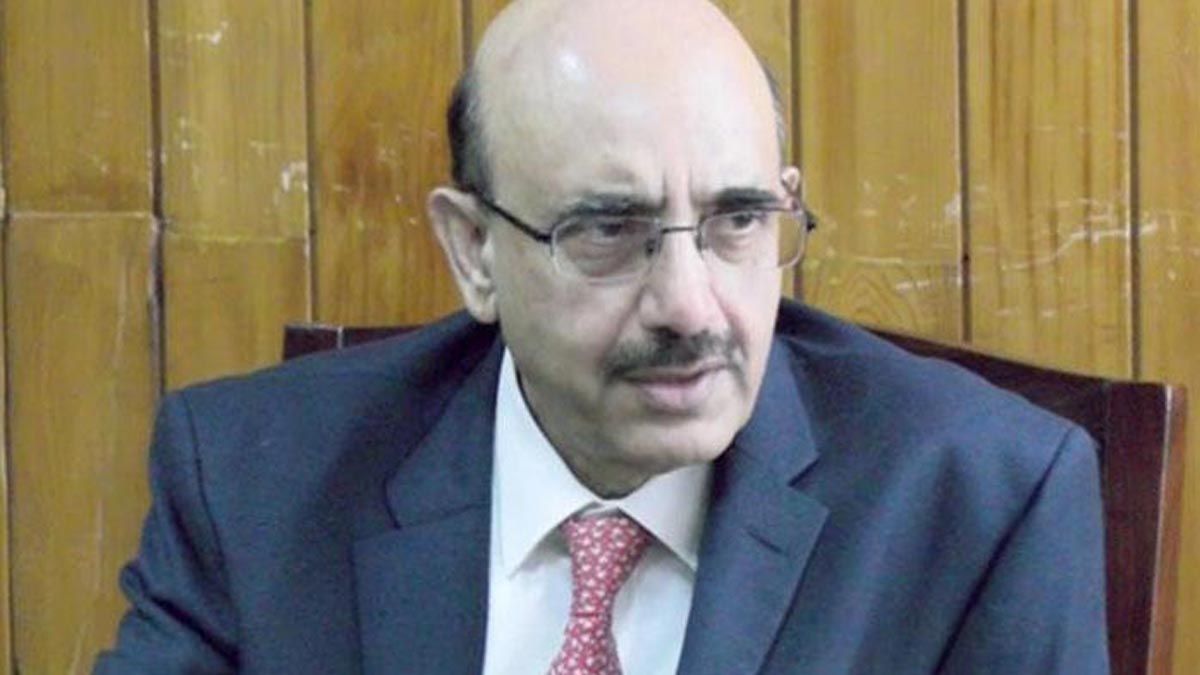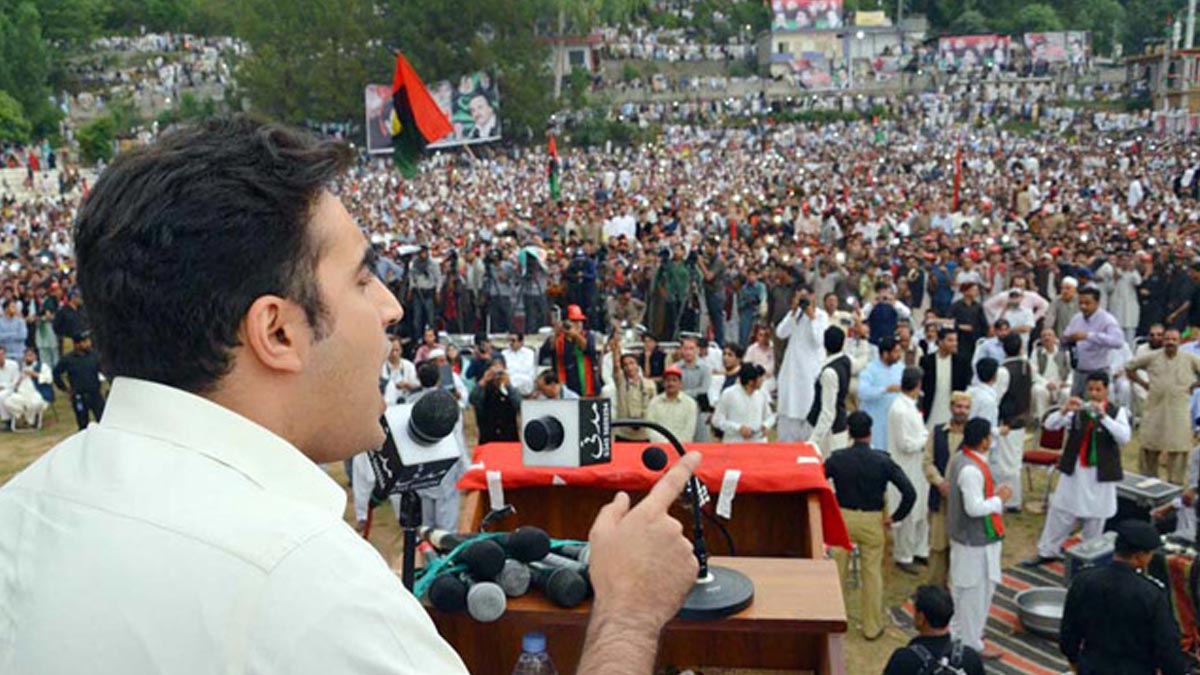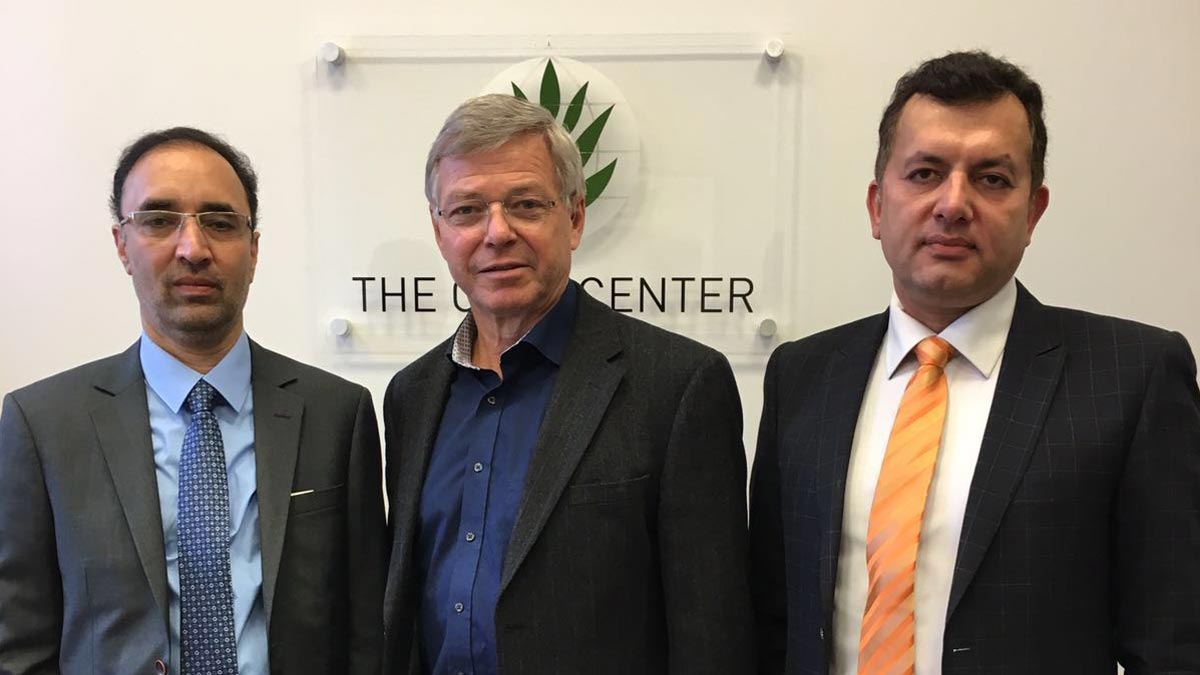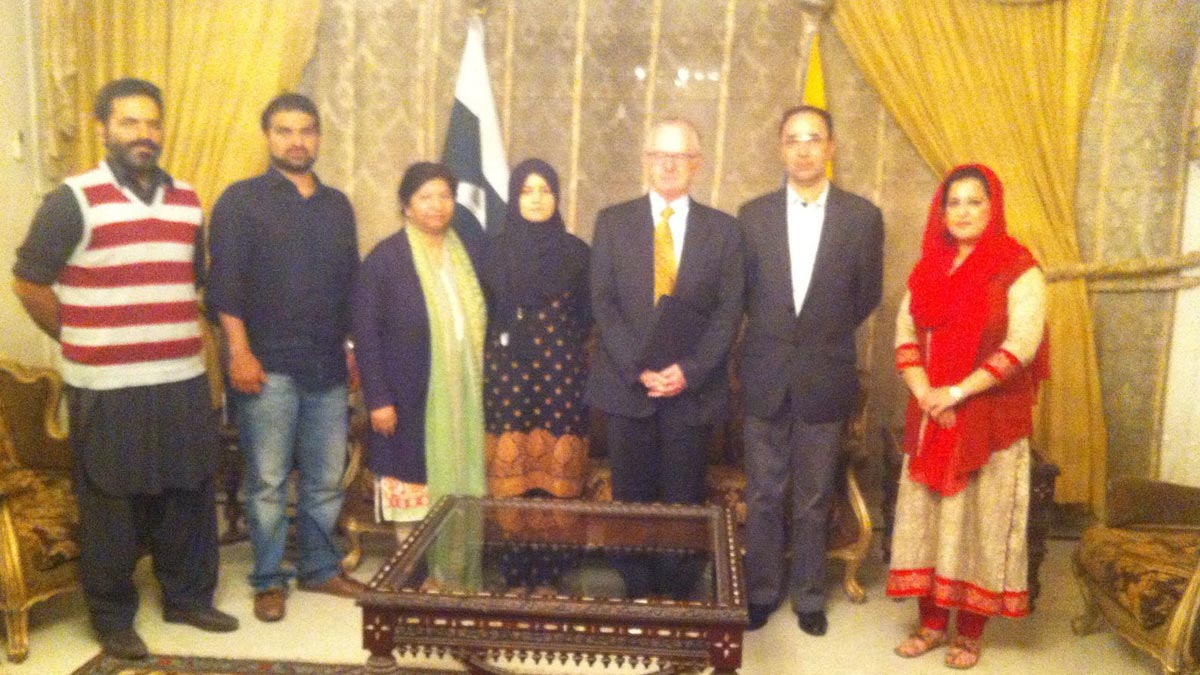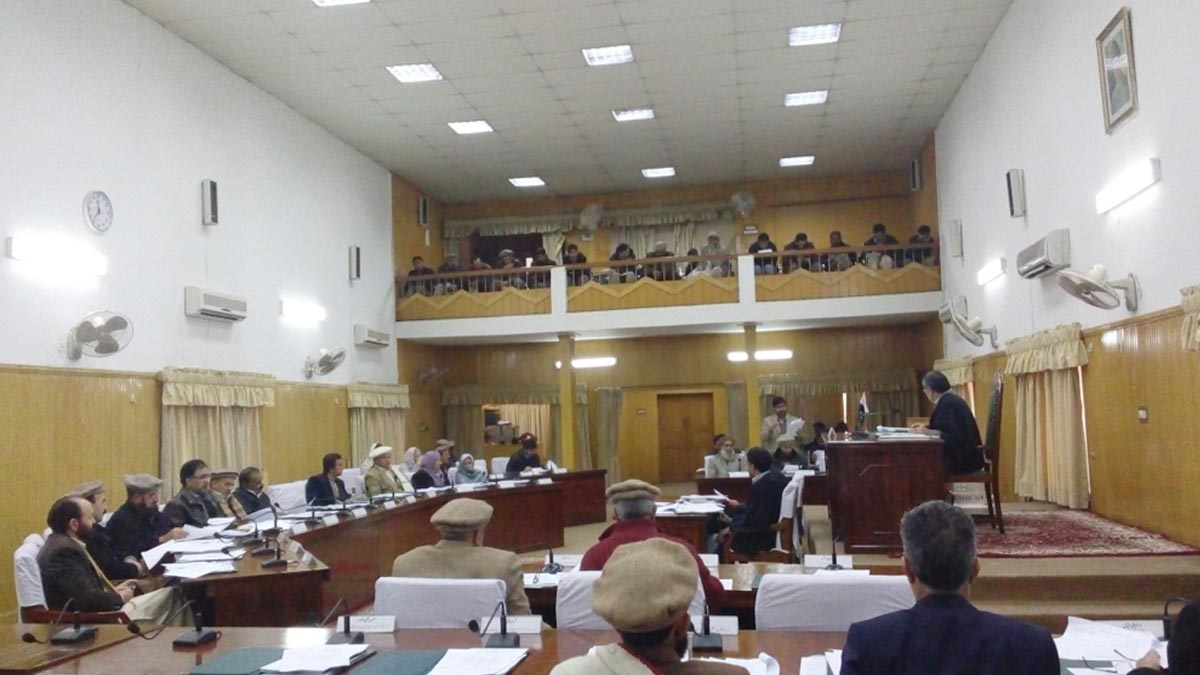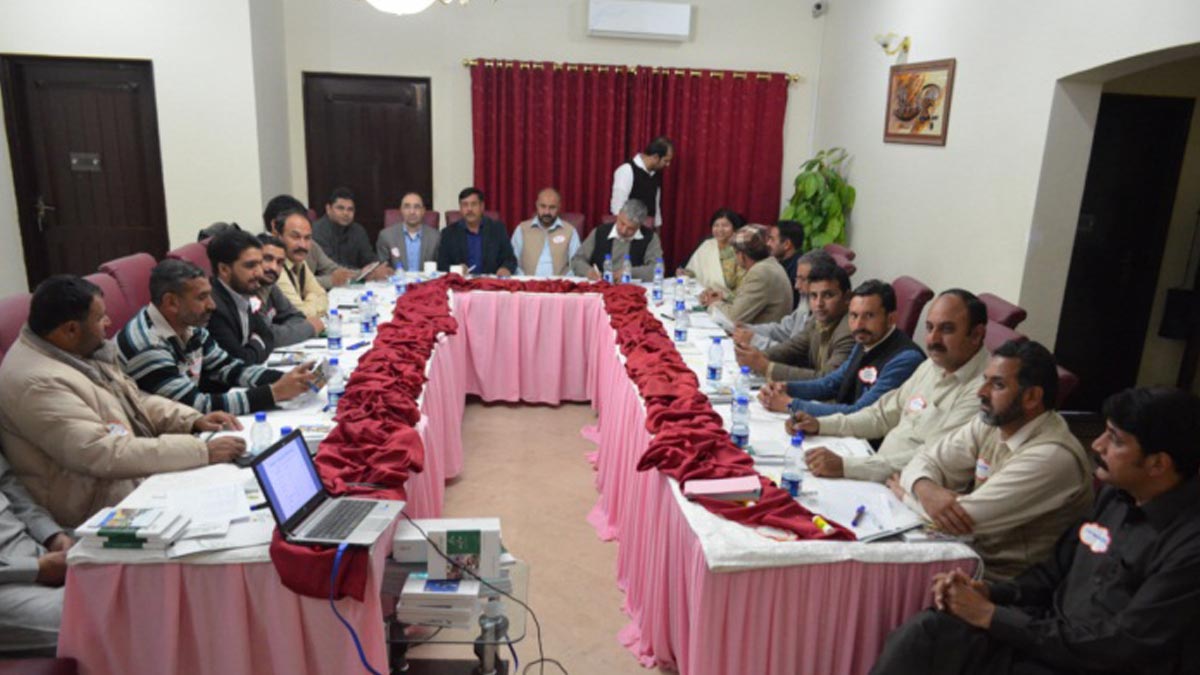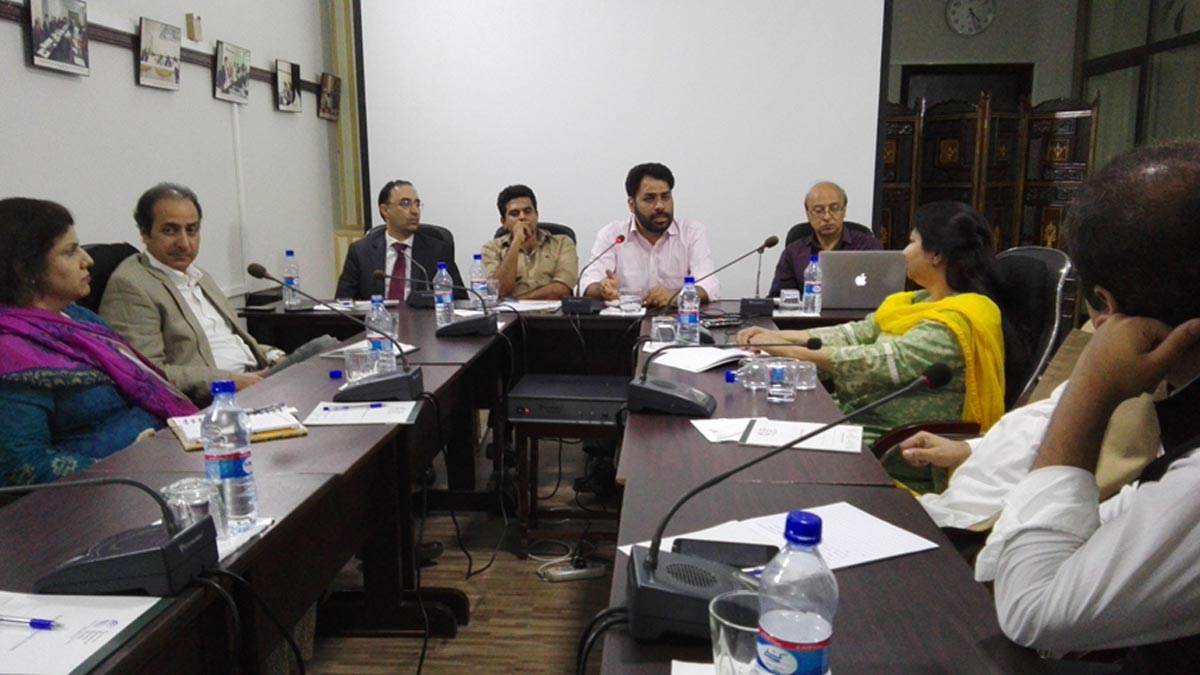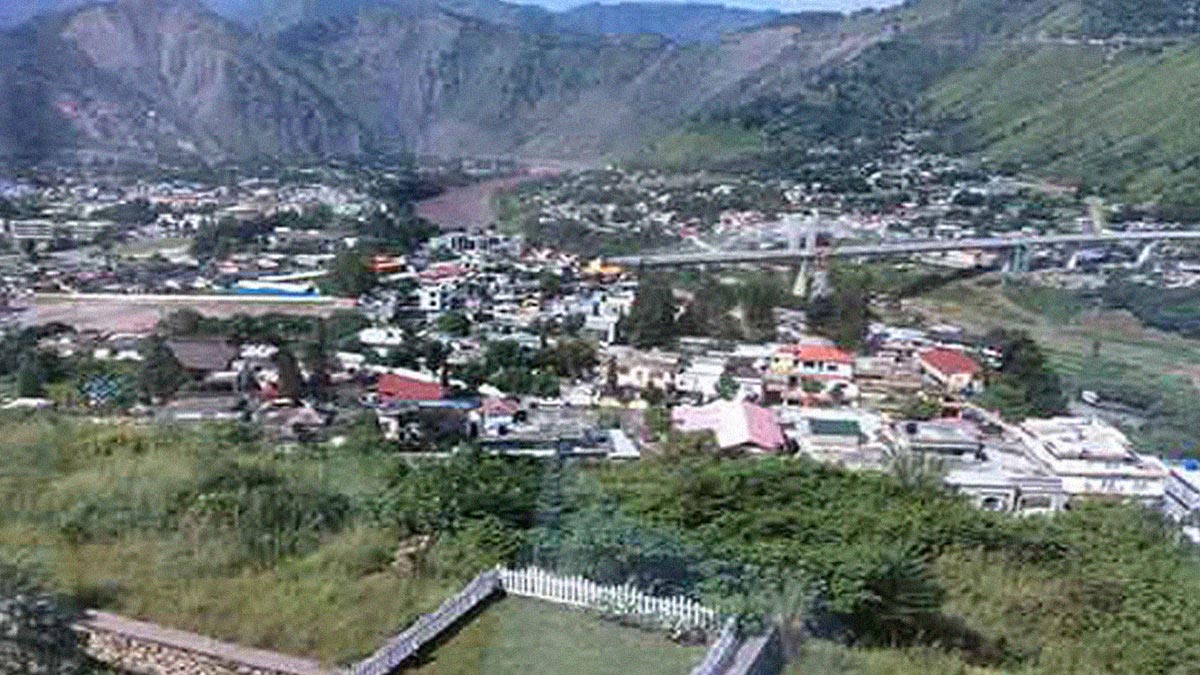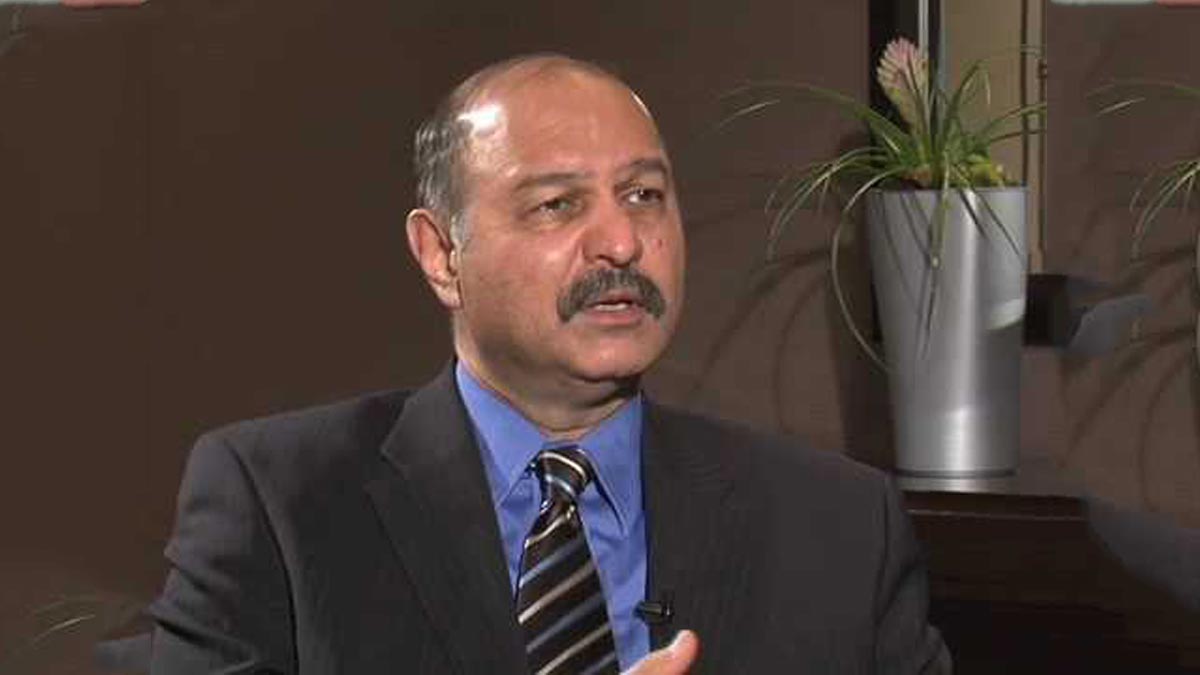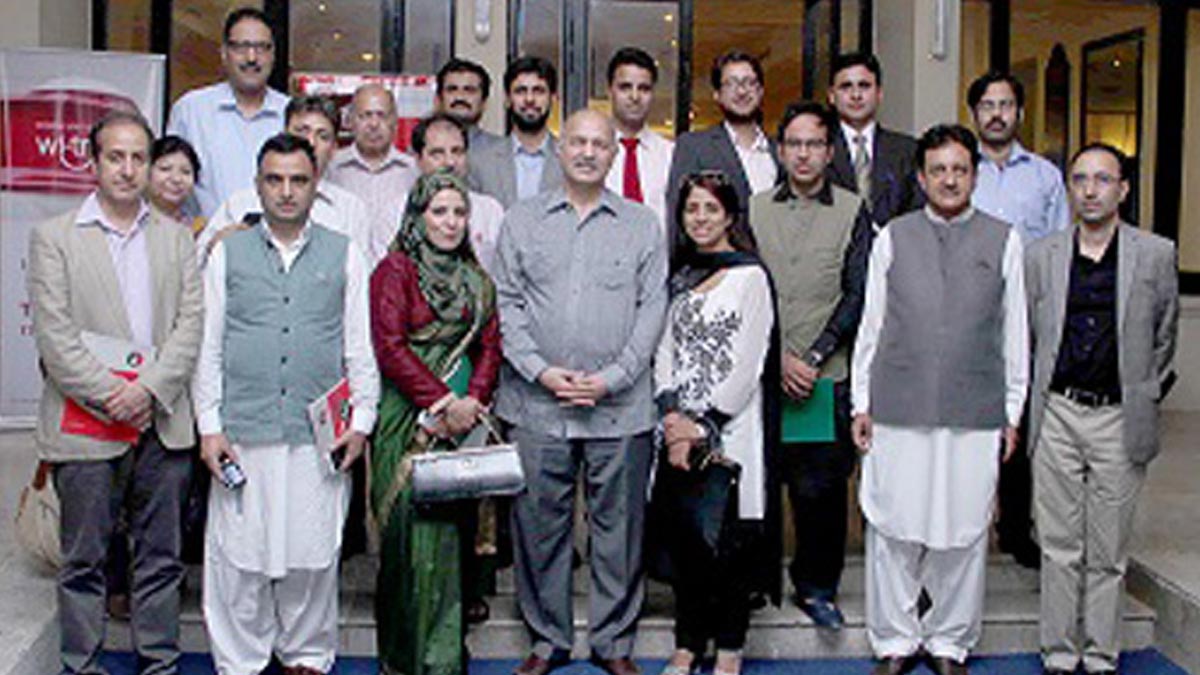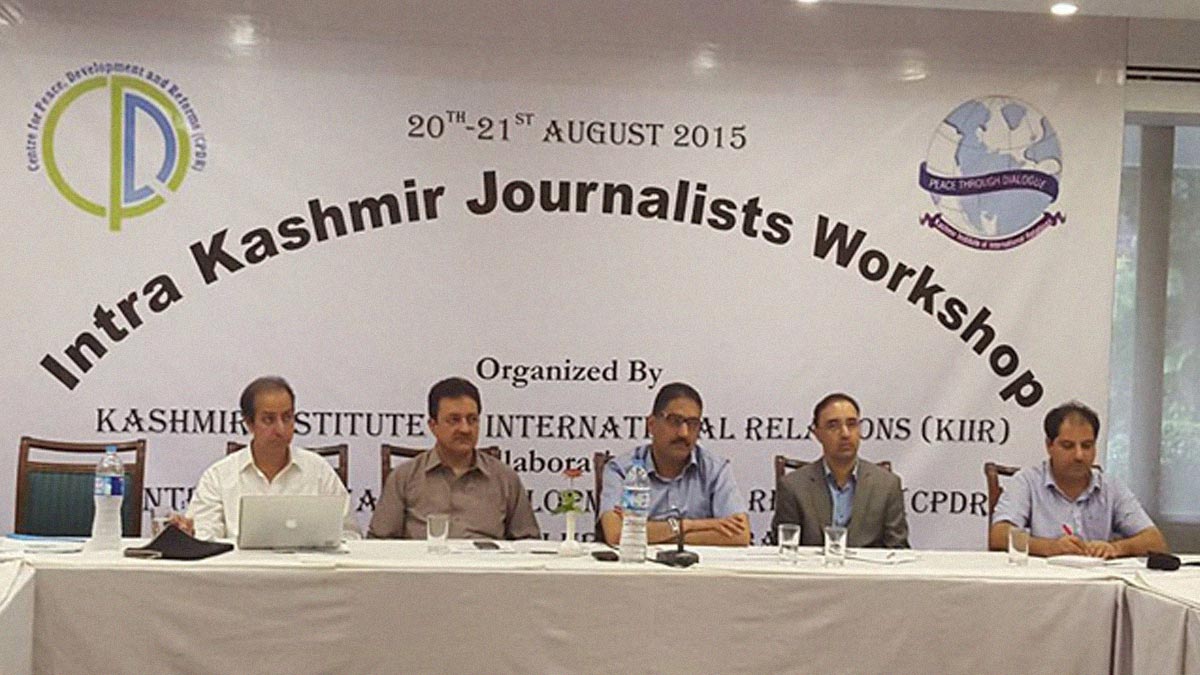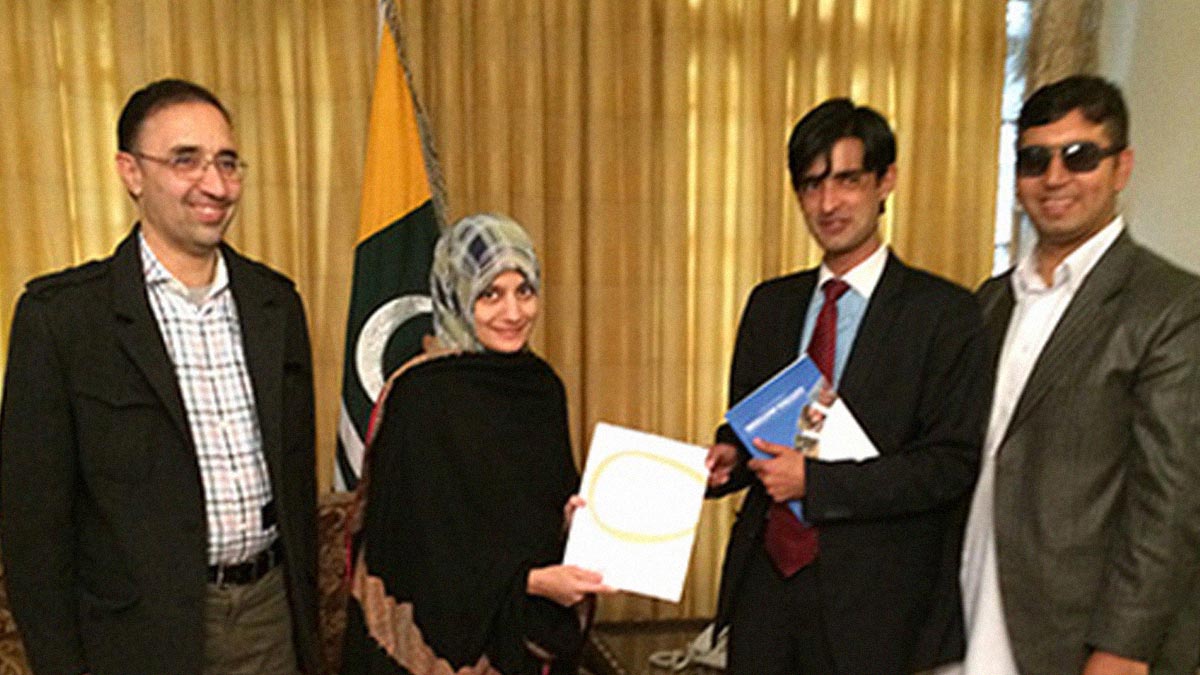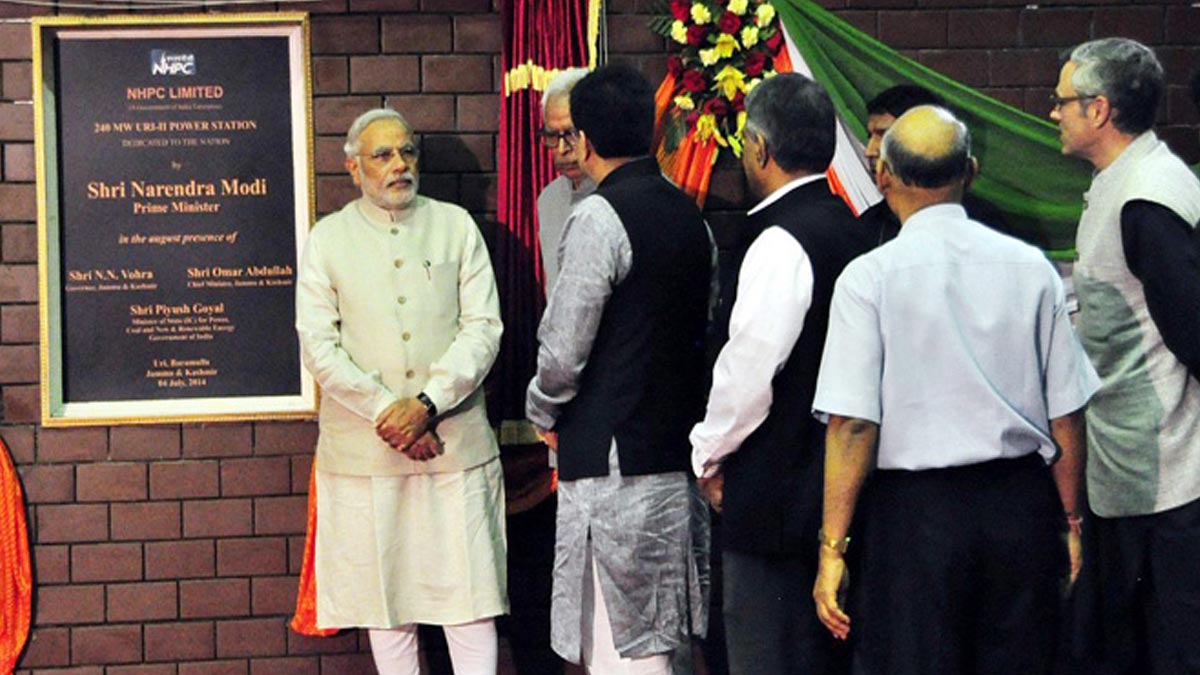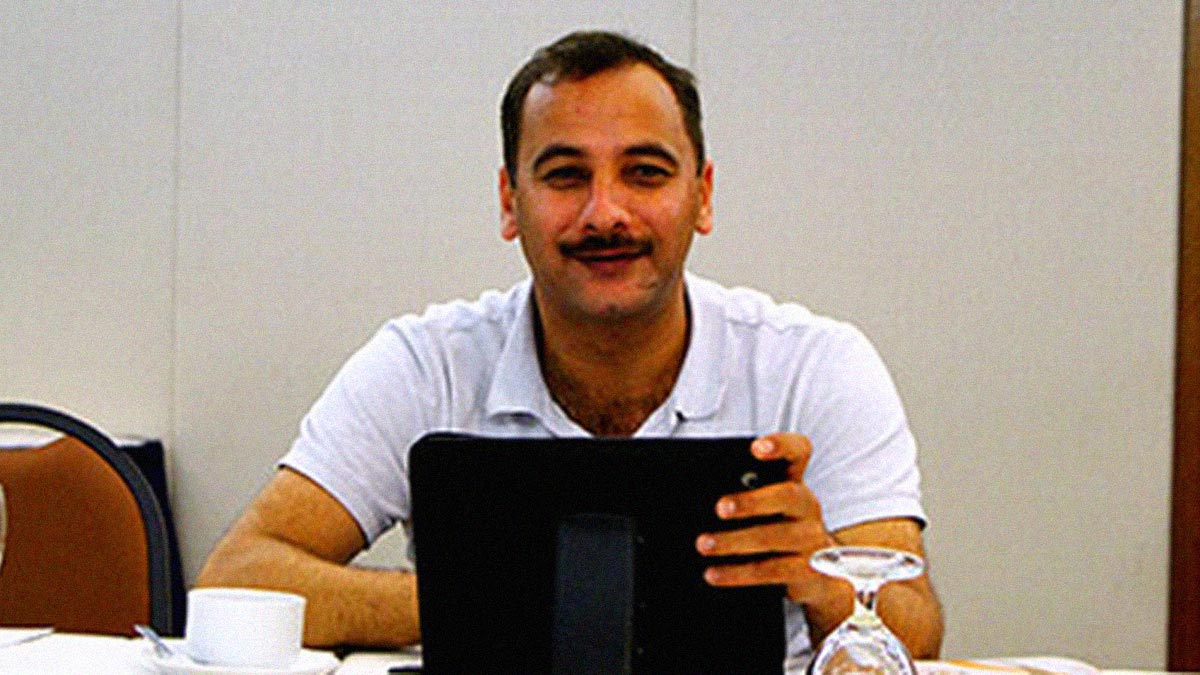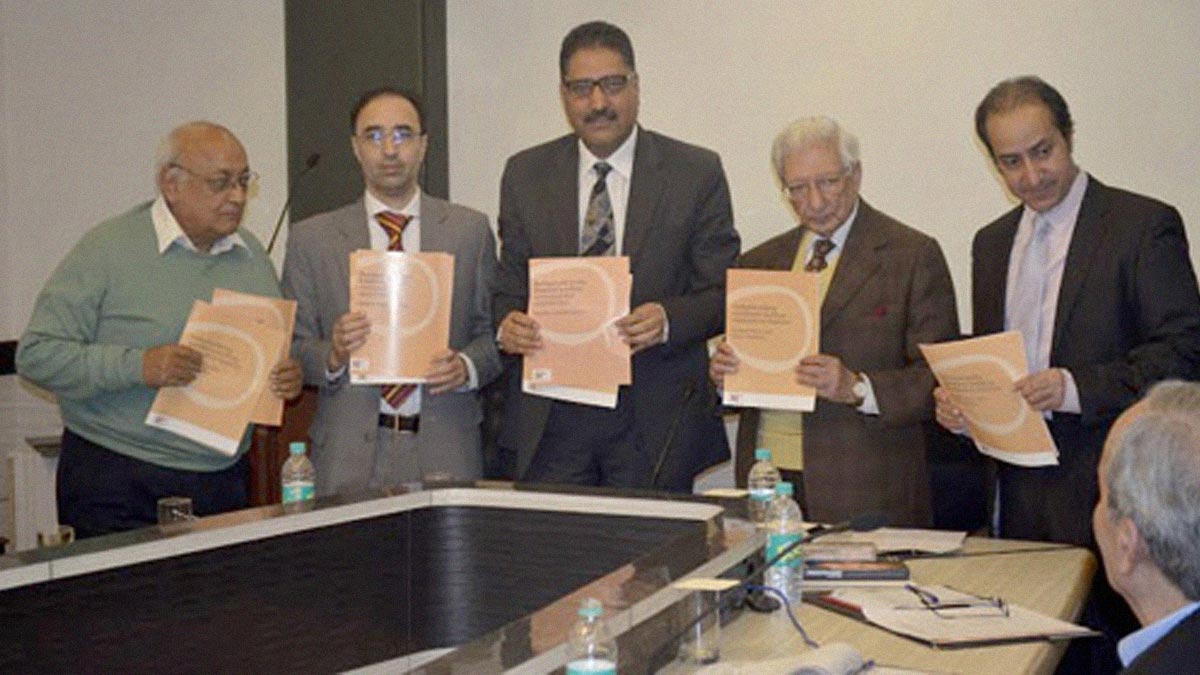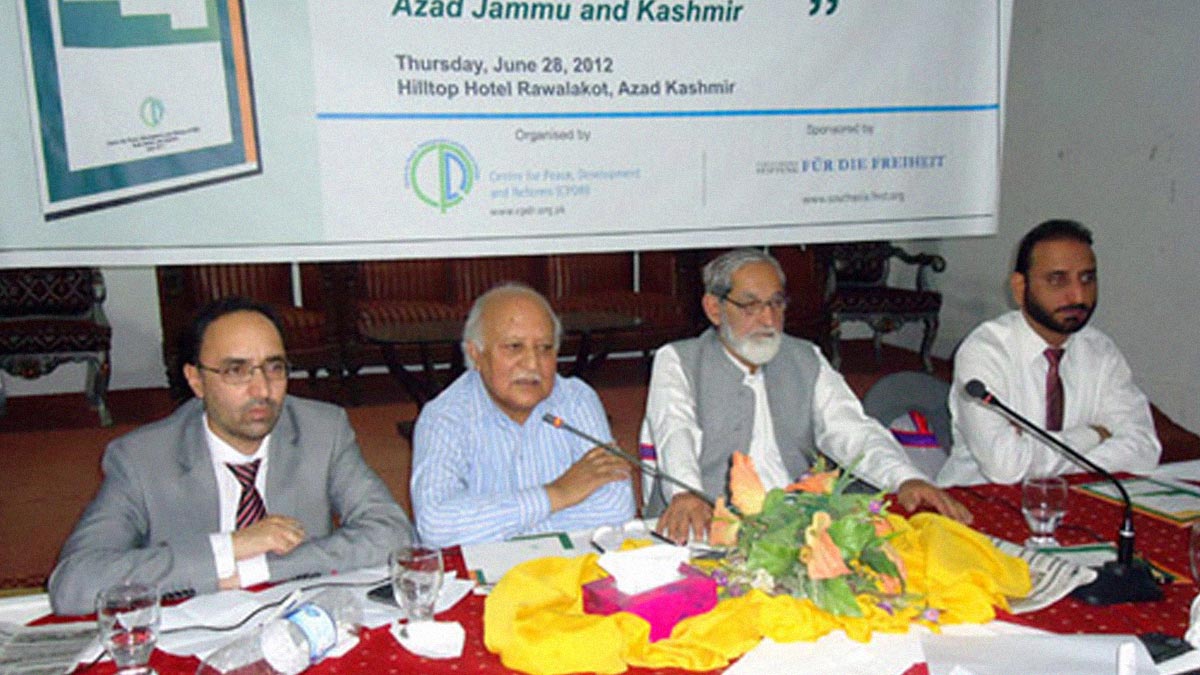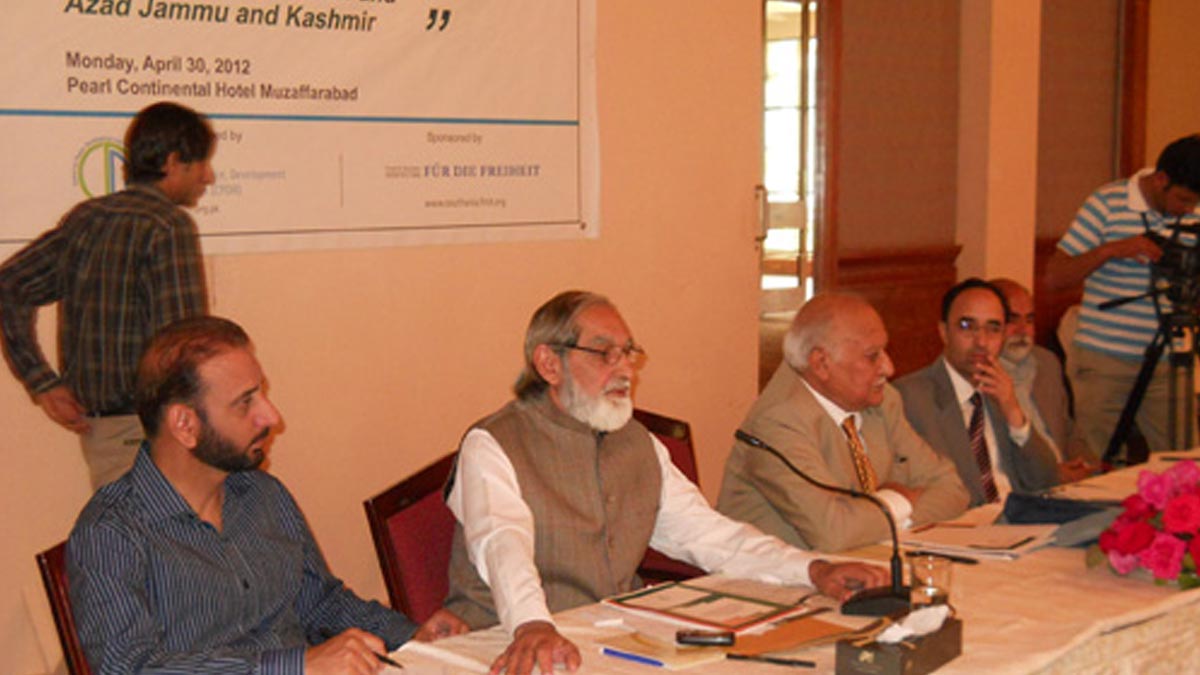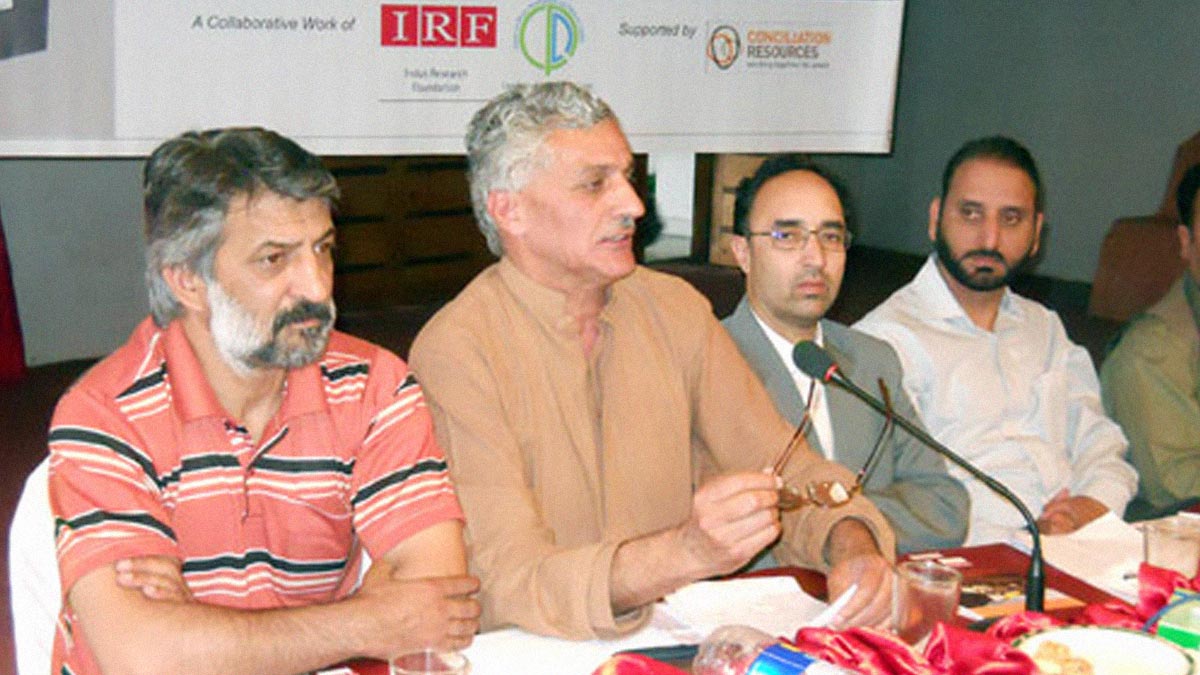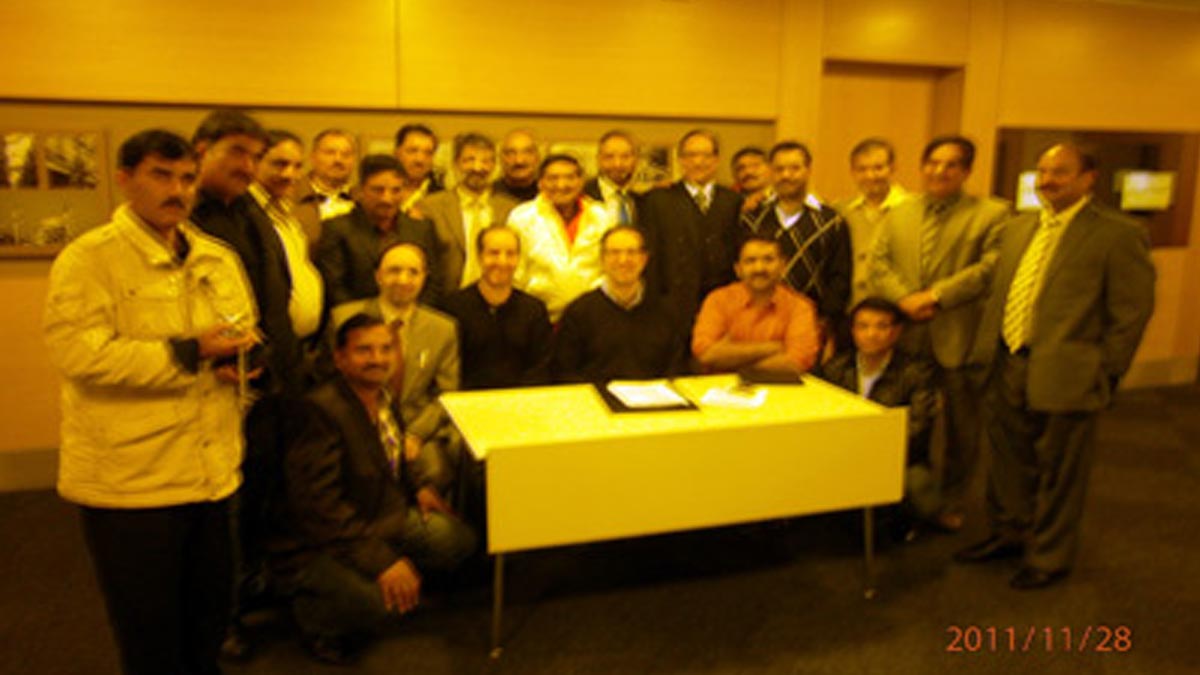- August 17, 2014
- @admin
- 0
- 04th August 2015
Hit by military conflict between neighbours, Neelum Valley needs attention to rejuvenate.
In summers when the scorching heatwave hits the plains of Punjab and urban Sindh, thousands of families and friends find refuge in the largely unknown Neelum Valley of Azad Jammu and Kashmir (AJK).
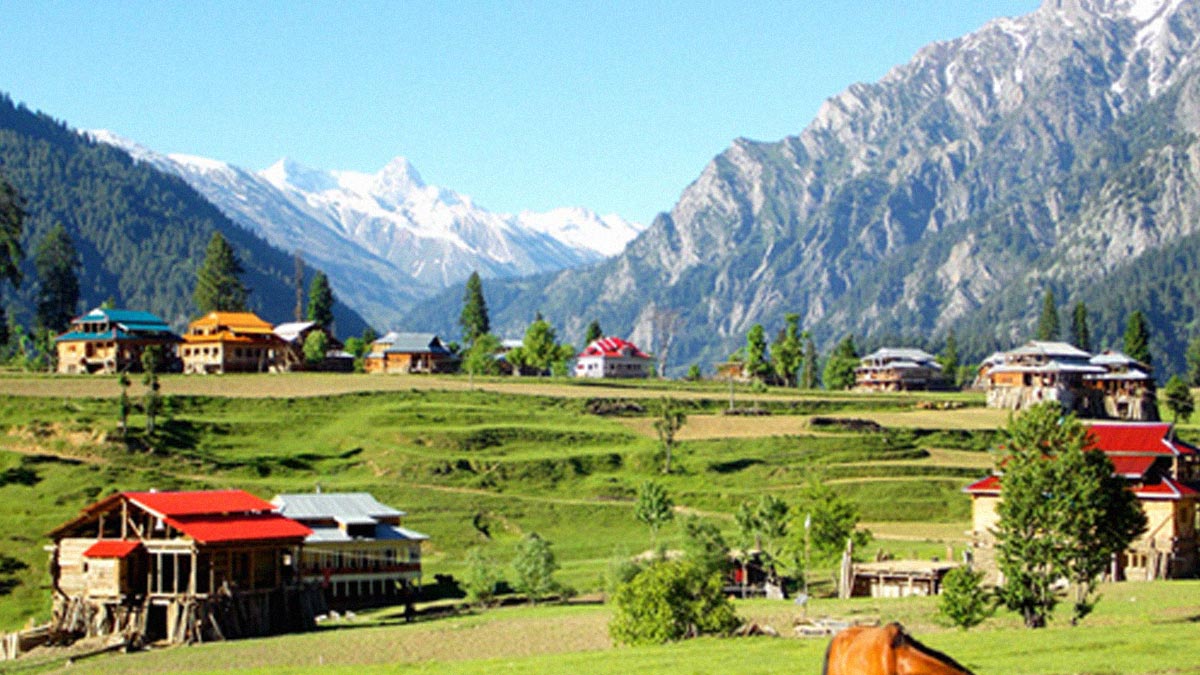
The unexpected influx of domestic tourists into the valley has improved the lives of locals who otherwise sit at the bottom of the income ladder. Tourists are not only providing employment and boosting economic activity of the local population but also introducing urban ways of life in a largely conservative and isolated region.
Located in the shadows of thick forests and snow-capped peaks, Neelum Valley is blessed with abundant water resources, precious minerals and vast bio-diversity. Despite low literacy rate and acute poverty, people are friendly and easygoing. The entire Neelum Valley has been turned into a hospitality industry during the last four years with people are renting out their homes or rooms to meet the demand of tourists. It is reported that last year over 600,000 tourists visited the valley. The figure has been already surpassed this year and still tourists are pouring in.
People who come from different parts of Pakistan get goose bumps when they see the Indian and Pakistani troops eyeballing each other from their concrete bunkers. The distance between the forces of archrivals is at stone’s throw at some points. One can easily watch movement across the line: soldiers flashing their guns, flag hoisting on military posts, and sports matches like cricket and volleyball.
There is no better place than Tithwal to feel the real pain and suffering of separation. Renowned writer Saadat Hasan Manto has aptly summarised the tale of Kashmir in his famous story “The Dog of Tithwal”. When the river shrinks in winter, people who are divided by a line of separation sit across the river banks and wave to each other. On special occasions like Eid, people exchange greetings. Some have even tried to swim across the river at the risk of their lives.
The November 2003 ceasefire between India and Pakistan along the 786 km-long Line of Control (LoC) brought peace and made it possible for the people to live a normal and peaceful life in Neelum Valley. In the past, most of the valley was cut off from the rest of AJK and in fact it was largely under siege. People often recall those days with deep fear and sorrow. Majority of the people who grew up during the pre-ceasefire era could not get education due to constant cross-firing between the two armies.
There is no better place than Tithwal to feel the real pain and suffering of separation. Renowned writer Saadat Hasan Manto has aptly summarised the tale of Kashmir in his famous story “The Dog of Tithwal”.
Even today, after 11 years of ceasefire, machine-gun nests can be seen everywhere. Walls and roofs of the houses and shops still have mortar or bullet holes. In every village a number of handicapped young men and women still remind us of the sad old days.
Official figures estimate that nearly 2300 people were killed and over 5000 wounded during this period. The bereaved families and wounded persons deserve special attention as most of them are living a miserable life. Ironically, the AJK government has no data or exact information about the affected people let alone providing them sustenance or regular healthcare.
Neelum Valley is one of the largest districts of AJK which covers almost 40 per cent of the total landmass of the state. The nearly 200-kilometre long valley is situated to the North and Northeast of Muzaffarabad. The road leading to Neelum largely runs parallel to the river Neelum and Line of Control which multiply its scenic beauty.
It is a heavily militarised region. Civil administration almost does not exist there. Soldiers in uniform patrol everywhere. They wholeheartedly welcome visitors and are quite helpful to the local inhabitants.
Everywhere in the valley one may hear tales of victimisation due to Indo-Pak conflict over Kashmir. Apparently, peace has returned to the valley but ordeal of common citizens is not yet over. Landmines laid by the Indian forces often slip into the AJK’s territory in summer. Farmers going to the areas near the LoC for farming or collecting firewood often get killed or injured. Every year dozens of people become victims of landmines but no one pays attention to this human tragedy.
Like other parts of AJK, young people in Neelum Valley are keen to have employment at local level by properly harnessing the huge untapped economic potential. Vast reserves of precious stone ruby have been found in the valley but no proper mechanism was devised to market it. Neelum is also home to expensive herbs which are not properly extracted. A large part of the area is not touched by the booming cellular services industry. Industrial activity is non-existent while poverty is rampant.
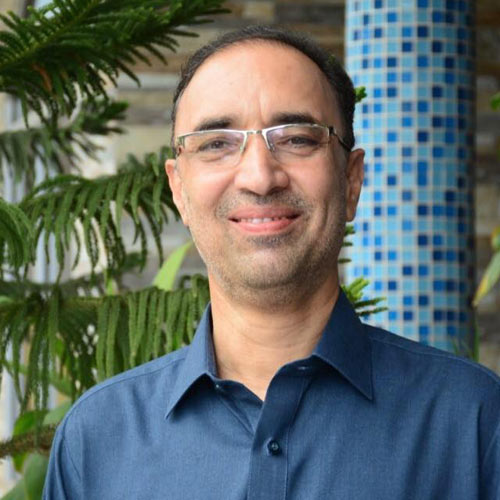
Ershad Mahmud
The writer is a freelance contributor. He can be reached at:


